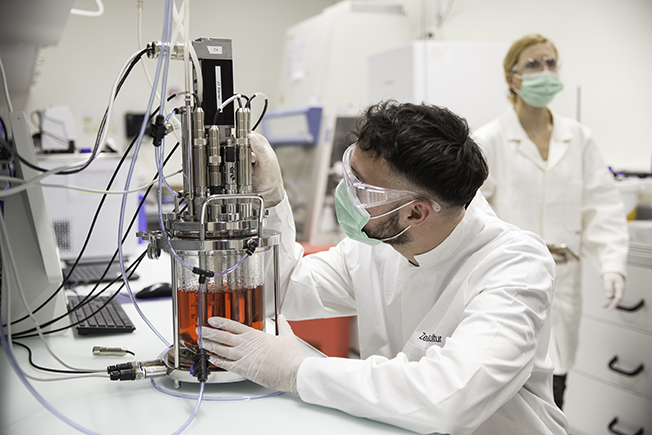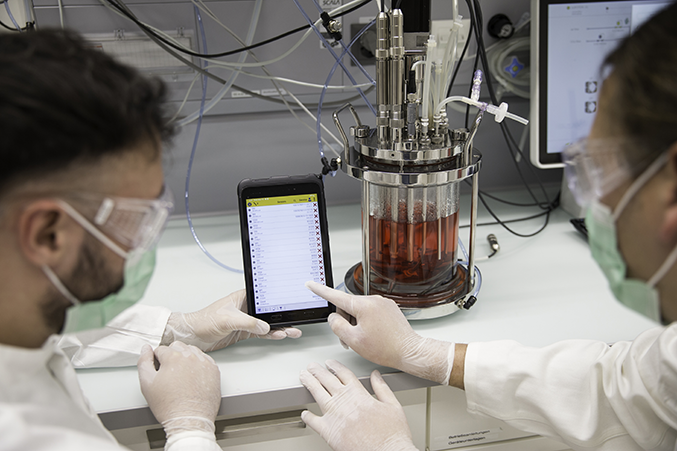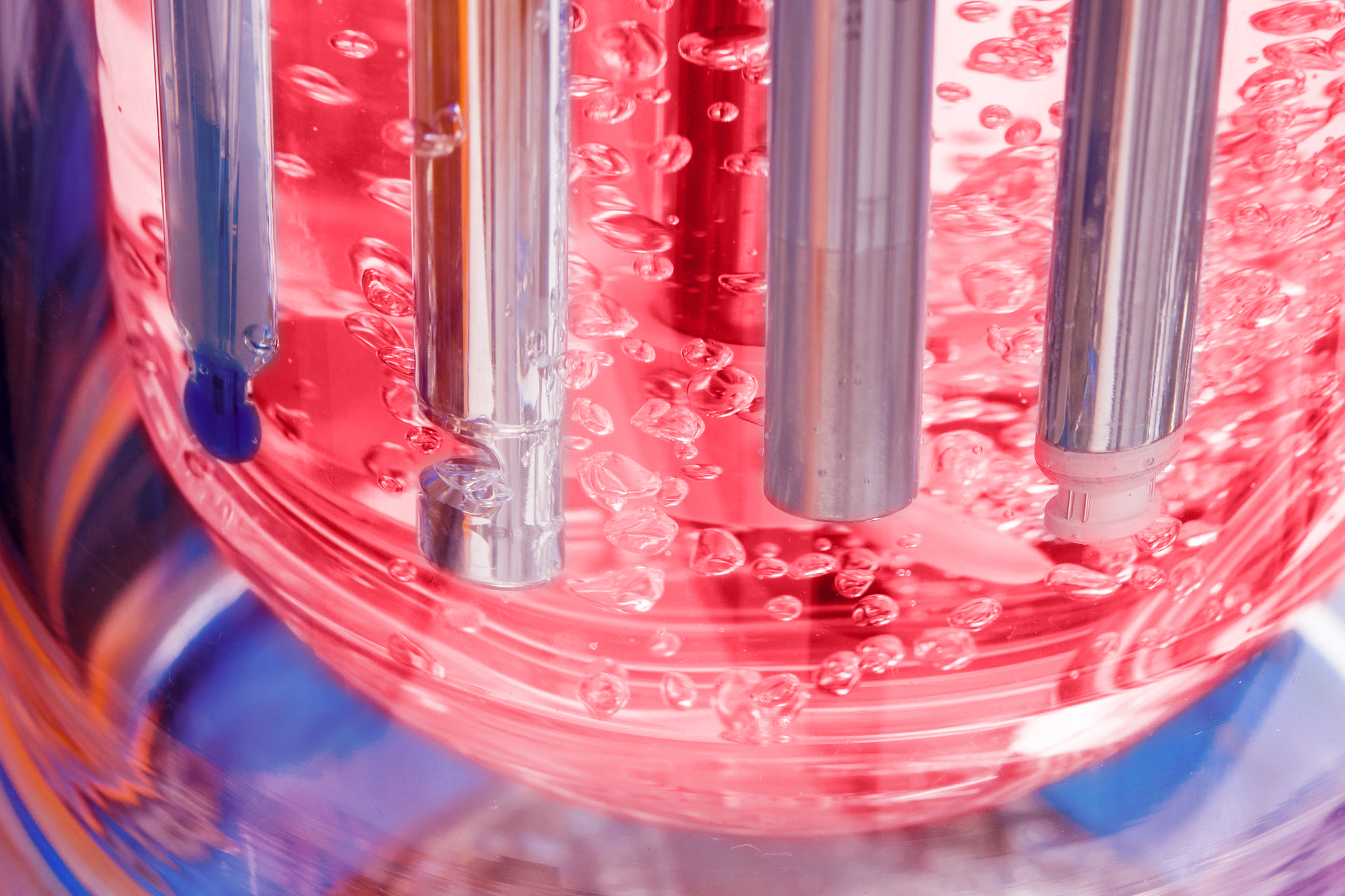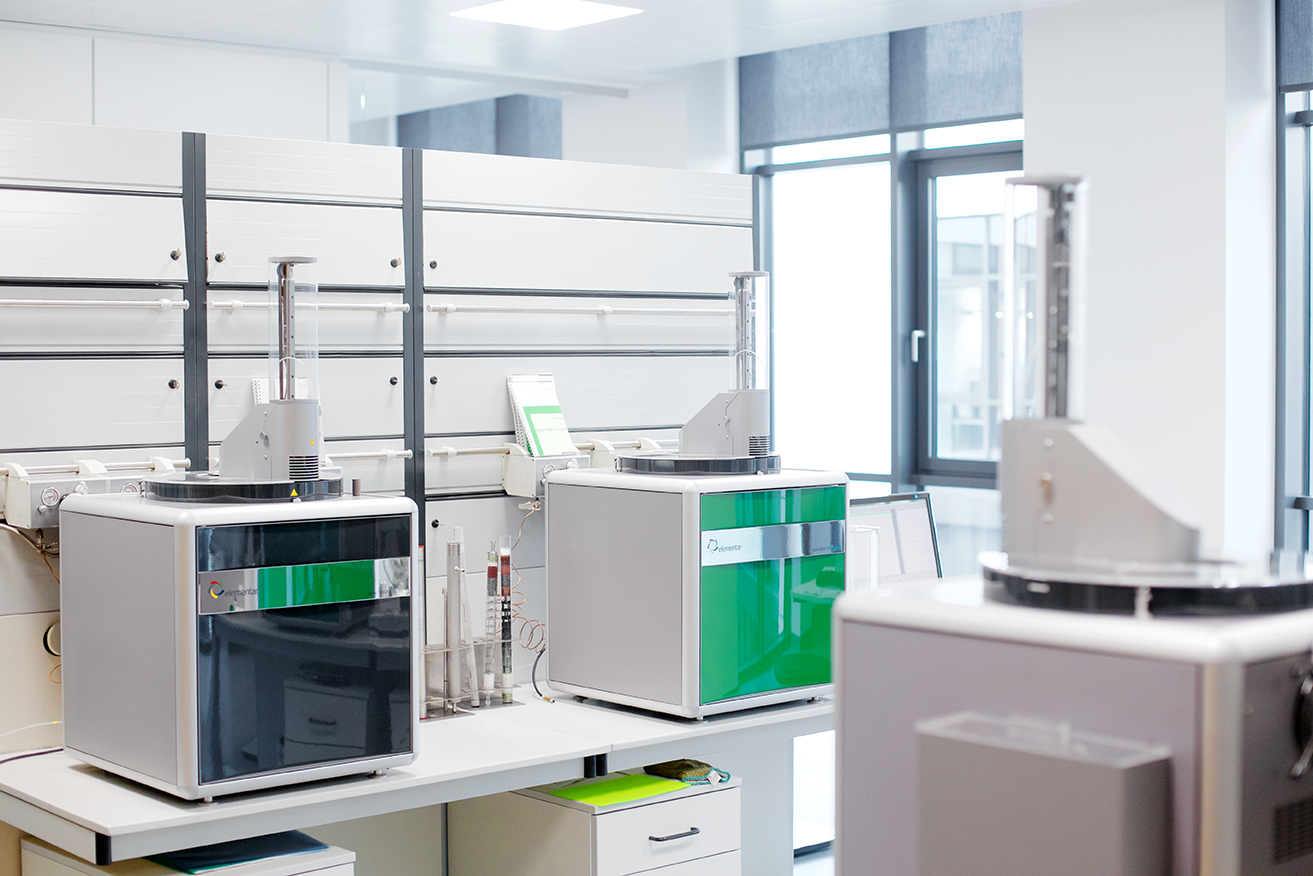

How in-line sensors take small measurements for big steps in future protein production
Here, we explore the significance of sensor integration in the fermentation process by highlighting Hamilton’s contributions to process monitoring and control, process optimization, and process scaling
Fermentation-based approaches to produce alternative proteins offer comparatively cheaper and more customizable protein sources. Although not a wholly novel industry for the production of proteins – as fermentation has been used to preserve food, create alcoholic beverages, and improve the nutritional content and bioavailability of some foods for millennia – several technological advances and social shifts have made the production of alternative proteins increasingly important.
Broadly speaking, fermentation for alterative protein production can be categorized as either traditional fermentation, biomass fermentation, and precision fermentation; and processes rely on the activities of specific microorganisms (fungi, yeasts, bacteria).

Traditional fermentation is used for alcoholic beverage production (beer and wine) and in the dairy industry for cheese and yogurt. Biomass fermentation produces large amounts of cells for products, and finally precision fermentation uses genetically engineered microorganisms to produce specific proteins, which can be ingredients of supplements, flavorings, ingredients, vitamins, pigments, and fats.
Although fermentation products are themselves standalone products, they can also be combined with other alternative foods to improve the nutritional profile of alternative foods. Furthermore, application of a cross-functional approach to alternative protein production – such as the application of fermentation methods to alternative proteins – could improve the flavor, texture, and digestibility of novel foods.
One such example includes the application of enzymes produced by precision fermentation or the traditional fermentation of novel proteins to partially break down complex proteins or insoluble carbohydrate complexes in hybrid alternative protein products.
The portfolio of products that can be potentially produced using fermentation methods includes – but is not limited to – dairy and milk products such as cheese and yogurt, eggs and egg products (i.e egg white), dietary, and nutritional supplements (including baby milk formulations).
The importance of using the right technology
Unlike other alternative protein industries, such as cellular agriculture or plant-based meat, fermentation processes are methodologically more mature than other alternative protein methodologies. However, this wisdom does not demand technological improvements to be shut out.
Sub-industries within the fermentation field, including precision fermentation, are key industries for producing large volumes of specific proteins for the future food system, and they have the potential of producing larger quantities of single proteins than other methods.

However, major hurdles challenging the success and cost economics of the industry are scaling and capacity. To overcome challenges related to scaling and capacity, it is crucial to integrate cost-effective production methods and tools, wherein sensors play a pivotal role.
Utilizing the knowledge of fermentation-based and related industries will encourage the technological growth of the alternative proteins field. One such approach is the implementation of process analytical technology (PAT) to measure parameters (e.g. cell density, ORP, CO2, DO, pH) with the objective to increase yields while maintaining product consistency. Sensors offer real-time, accurate, and reliable data on crucial parameters during fermentation. By continuously monitoring factors such as temperature, pH levels, oxygen availability, and nutrient concentration, sensors enable precise control of the fermentation process. This data-driven approach enhances the quality and consistency of the final product, ensuring its compliance with industry standards.
As fermentation approaches are dependent on the growth of large volumes of high numbers of cells with the purpose of using them as either factories to produce other products (proteins, fats and their derivatives) or as ingredients in products themselves, ensuring cell proliferation during production is imperative. For this, Process Analytical Technology (PAT) is key for gaining process insights and ensuring continuous, optimized cell growth and proliferation during production.
Sub-industries in the fermentation field, including precision fermentation, are key industries for producing large volumes of specific proteins for the future food system
PAT offers real-time, accurate, and reliable data on crucial parameters during fermentation. With sensors providing valuable insights into the fermentation environment, researchers can proactively address any deviations, optimize crucial parameters for enhanced productivity and cost-efficiency, thereby minimizing the risk of product failure or batch inconsistencies. The continuous feedback loop facilitated by sensors allows for rapid adjustments and improvements, leading to higher yields, reduced production costs, and improved overall process efficiency.
Hamilton Process Analytics specializes in the production and application of in-line sensors throughout cell-culture applications. In-line measurements reign over alternative methods due to their direct, continuous measurement of processes and their potential to implement automated control within your setup. The company’s game-changing portfolio of in-line sensor solutions for the alternative proteins sector starts with its total cell density sensor – Dencytee. This can be used throughout production as an indicator of process success, for example when implementing a feed-based control strategy during continuous fermentation processes.[1]
Indicators of metabolic activity
In addition to cell density, metabolic activity indicators can provide insights into growth of specific cell lines. Use of an oxidation-reduction potential (ORP) sensor measuring the redox potential in the bioreactor can provide insights into the progress of fermentation processes, discriminating between anaerobic and aerobic respiration[2] which are essential for the viability of cells during fermentation processes, and the prevention of the spoilage of fermentation products by oxidation.
Depending on the cell line used during a fermentation process, understanding the Redox potential in the bioreactor can provide insights into desirable metabolic processes and can help manufacturers to avoid metabolic switches during processes, e.g. maintaining aerobic environment during winemaking fermentation to prevent the formation of hydrogen sulfides and volatile sulfur aromas in the final product.[3] By understanding the Redox potential in the bioreactor, manufacturers can actively react to undesirable shifts though the addition of redox agents such as respiration substrates (e.g. glucose glycerol, pyruvate), or regulating gaseous exchange.

A combination of soft sensors monitoring dissolved carbon dioxide (DCO2) and dissolved oxygen (DO) can provide insights into the respiratory quotient and fractionation of carbon source of bioprocesses when evaluating the productivity of fermentation processes, in addition to controlling gas sparging, mixing rates, and the composition of in-gas. Ensuring sufficient bioavailability and gaseous exchange during each phase (R&D to commercial) and scale (laboratory benchtop to production scale) of fermentation is key to maintaining healthy cell cultures. Too low DO levels can negatively affect cell growth leading to low biomass, while high dissolved oxygen concentrations can lead to oxidation of bioproducts.[2] CO2 is more easily stripped at laboratory scale due to the smaller surface-to-liquid. In large-scale bioreactors, the liquid surface-to volume ratio is decreased, thus requiring other strategies for CO2 removal. Without an adjusted strategy for the large scale, CO2 will tend to accumulate, especially at the bottom of the bioreactor. Likewise, ensuring optimum pH for the specific cells lines and fermentation process will further aid process success and is a complementary parameter for ORP and CO2 measurements.
In-line sensor solutions for fermentation applications
Integration of sensors measuring parameters in-line to control systems can enable automated control and regulation within predetermined set-points as processes are continuously measured for real-time feedback on deviations of processes from the defined ideal conditions. This is especially important for continuous processing fermentation methods such as variations of perfusion culture[1] due to the need to ensure conditions inside the bioreactor are maintained and consistent, and[2] the possibility of automated control processes which can not only reduce labor associated costs but also improve the efficiency of processes, reducing the time-to-market in the long-term. Continuous measurement also allows for compensation of drifts in sensors performance for better understanding of processes over time.
Hamilton is experienced in biotechnology applications for commercial-scale protein production and fermentation applications for the food and drink industry. The company’s dual specialism means that it understands the requirements of the alternative proteins sector to grow and fulfil the demands for securing future food sources. Hamilton therefore offers a comprehensive range of sensors for measuring the most important parameters during fermentation applications to ensure optimum cell growth and high-quality product output.
References
[1] Slouka, C. et al. A Novel Application for Low Frequency Electrochemical Impedance Spectroscopy as an Online Process Monitoring Tool for Viable Cell Concentrations Christian Doppler Laboratory for Mechanistic and Physiological Methods for Improved Bioprocesses. (2016) doi:10.3390/s16111900.
[2] Sci-Hub | Redox potential control and applications in microaerobic and anaerobic fermentations. Biotechnology Advances, 31(2), 257–265 | 10.1016/j.biotechadv.2012.11.005. https://sci-hub.st/10.1016/j.biotechadv.2012.11.005.
[3] Killeen, D. J., Boulton, R. & Knoesen, A. Advanced monitoring and control of redox potential in wine fermentation. Am J Enol Vitic 69, 394–399 (2018).
For more information visit www.hamiltoncompany.com/process-analytics
If you have any questions or would like to get in touch with us, please email info@futureofproteinproduction.com


%20ILVO%202.jpg)
.png)

